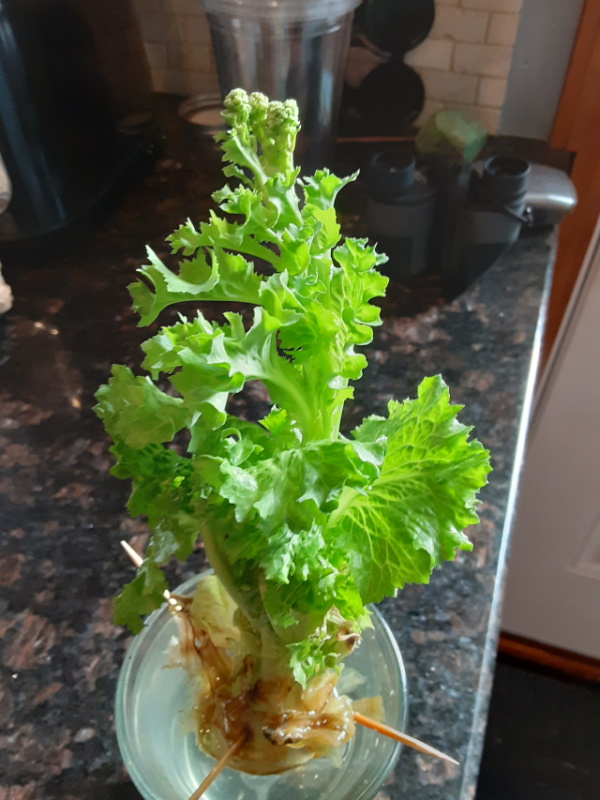 I don't think that it's controversial
to say that too much food gets wasted around the world. Scientific American
published an article in their October 2021 issue whereupon it was stated that "40%
of food produced is lost across the supply chain from farm to table." At the current
pace of population growth and economic development, the world will need to
convert an area the size of India to farmland over the next thirty years to keep up
with demand, and this was before
Russia invaded
Ukraine—two
very important agricultural producers.
I don't think that it's controversial
to say that too much food gets wasted around the world. Scientific American
published an article in their October 2021 issue whereupon it was stated that "40%
of food produced is lost across the supply chain from farm to table." At the current
pace of population growth and economic development, the world will need to
convert an area the size of India to farmland over the next thirty years to keep up
with demand, and this was before
Russia invaded
Ukraine—two
very important agricultural producers.
And that's not even getting into landfill issues.
What this book aims to do is offer people some ideas on how they can cut down on their fruit and vegetable waste. Some people with the means to do so already have compost piles wherein they can take this waste and convert it into topsoil. But this book offers a means to eke out more edible produce from one's leftover produce.
It is by no means a magic method to regrow everything. Some of the food we eat doesn't get a second chance to produce more food. Broccoli, for instance, is a flower. Once we eat it, the leftover stalk is only good for compost. Some of the food we eat won't re-grow in the form we want, but will get a second life as something else. Root vegetables like carrots will not become carrots again. Instead, the leaves can be nurtured to grow and then consumed as salad greens.
But that still leaves plenty of produce that can be re-rooted, re-grown from existing roots, or grown from seed taken from the fruit itself. Onions, potatoes, celery, scallions, lettuce, pumpkin, garlic, sweet potatoes, and tomatoes are just some of the produce bought from the store (or farmer's market) that can be granted an extended or new life.
Before this book had been gifted to me, I had experimented on my own with food scraps. Using similar methods, I successfully grew onion and potatoes. My favorite variety of tomatoes are Roma, but the only tomato seeds or plants I ever see in stores are for the large varieties. So I salvaged the seeds from one particularly delicious specimen, and I was able to successfully grow fifteen plants all of which bore fruit! All this is to stay that while I haven't tried the author's methods per se, I know that it's possible. In fact, I just started trying to re-grow some lettuce.
So whether you're looking to do something for the planet, start a victory garden, want to educate kids on where our food comes from, or you're a hobbyist gardener looking to experiment, this book is worth checking out.
4 stars.
\_/
DED
 So this was my first attempt to re-grow
some lettuce shortly after finishing this book. It got off to a good start
but then some aphid-like bugs found it and ate it from inside out, leaving
behind a sticky residue. Kinda bummed about that.
So this was my first attempt to re-grow
some lettuce shortly after finishing this book. It got off to a good start
but then some aphid-like bugs found it and ate it from inside out, leaving
behind a sticky residue. Kinda bummed about that.
No comments:
Post a Comment